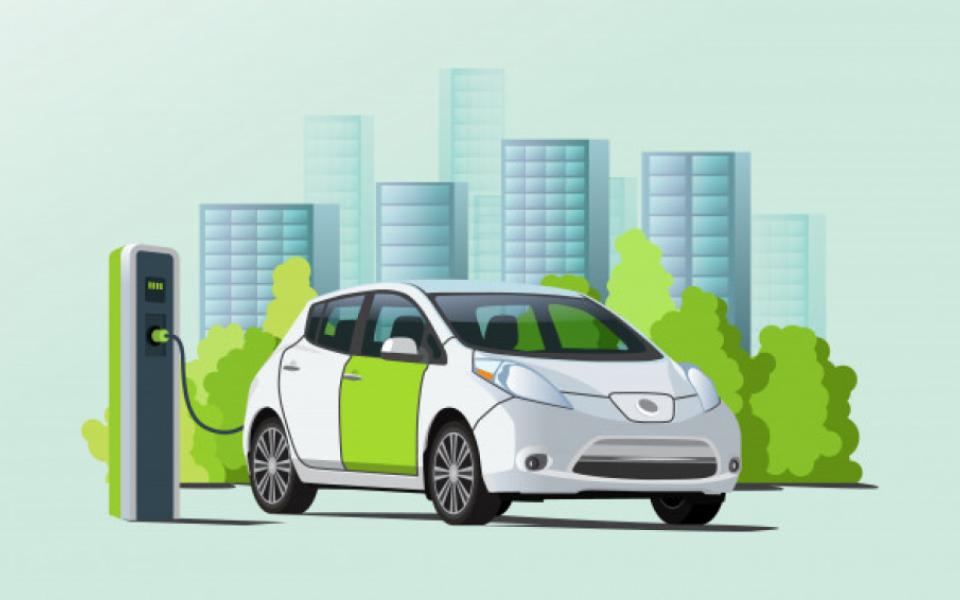EV
EV :
- Level 1: This is the slowest charging option, and it uses a standard 120-volt household outlet. It can take up to 12 hours to fully charge an EV using a Level 1 charger.
- Level 2: This type of charging station provides 240-volt AC power and can fully charge an EV battery in 4-8 hours, depending on the size of the battery and the charging speed.
- DC fast charging: This is the fastest charging option, providing a high-powered DC charge directly to the vehicles battery. DC fast charging can provide an 80% charge in as little as 30 minutes, making it a popular option for EV owners on long trips.
Requirements:
- Battery: EVs are powered by a large battery pack, which is made up of multiple individual battery cells. The battery pack provides electricity to the electric motor.
- Electric motor: Unlike traditional combustion engines that use gasoline or diesel, electric vehicles are powered by an electric motor. The motor converts electrical energy from the battery into mechanical energy to propel the vehicle.
- Charging port: To recharge the battery, EVs come with a charging port that is typically located on the exterior of the vehicle. The charging port can be used to plug in the vehicle to a charging station or a wall outlet.


Inverter: The battery provides direct current (DC) power to the electric motor, but the motor requires alternating current (AC) power to operate. An inverter is used to convert the DC power from the battery into AC power that is used by the electric motor.
Onboard charger: EVs also come with an onboard charger, which is responsible for converting AC power from a charging station or wall outlet into DC power that can be stored in the battery.
Regenerative braking: To maximize the efficiency of the electric motor, many EVs are equipped with regenerative braking technology. This system allows the electric motor to act as a generator and convert some of the kinetic energy of the vehicle into electrical energy that can be stored in the battery when the brakes are applied.
Control systems: EVs rely on sophisticated control systems to manage the flow of electricity between the battery, motor, and other components. These systems also monitor and adjust the performance of the vehicle to optimize efficiency and range.
Services:
Location: Make it clear where your charging stations are located, including the address, nearby landmarks, and any special instructions for finding the station.
Charging speed: Be sure to list the charging speed for each station, as well as the type of charging connector that is compatible with each station. This will help EV drivers plan their route and estimate their charging time.
Pricing: Clearly outline the pricing structure for your charging station services, whether it is a flat rate, pay-per-use, or subscription-based. You may also want to offer discounts or loyalty programs to frequent users.
Payment options: Make it easy for customers to pay for charging services by accepting a variety of payment methods, such as credit cards, mobile payments, and EV-specific payment methods.
Availability: Provide information on the availability of your charging stations, including hours of operation, any maintenance or downtime schedules, and how often stations are checked for availability.
Additional services: Consider offering additional services to enhance the customer experience, such as Wi-Fi, restrooms, vending machines, or other amenities that can make charging more convenient and comfortable.
Sustainability: Highlight any sustainability initiatives that your charging station service offers, such as renewable energy sources or partnerships with local environmental organizations.
Safety: Make sure to emphasize the safety features of your charging stations, including any emergency procedures or protocols that are in place.
